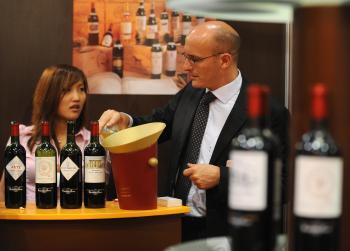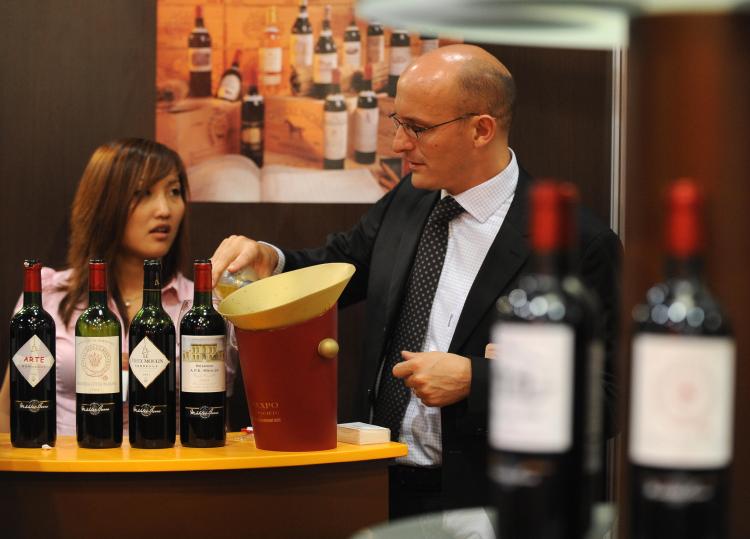All of this will grab your attention and require you to take action (especially the last, can you say “Oxi Clean?”). But, are they more important than what is at hand? After all, if your objective is to grow your business from $500,000 in sales to $5,000,000, you won’t do it by going through the same routine day in and day out. At some stage, you’ll need to land a “bigger fish.” The only way to land a big fish is to set aside time each week to prospect, network, and develop relationships with solid prospects that can have a major impact on your company.
One great way to achieve this is to exhibit at targeted tradeshows, and you’ll be able to see the country while you are at it.
I’m going to focus on the business development aspect of tradeshows rather than the educational perspective, which can help you find key vendors and keep you abreast of industry changes. As most small businesses are on a tight budget, I usually recommend visiting the tradeshow you plan on exhibiting at prior to investing in a booth.
Setting up an exhibit is a significant investment, often north of $10,000 including travel, booth development, design, promotional items and marketing materials. After you “try out” a tradeshow, and you feel that the attendees would be good prospects for your business, get ready, grab your top salespeople, and start planning!
Ok, so you are thinking, “I don’t have $5000 to invest in a booth, and can’t afford another $2000 to transport it and pay ridiculous fees for electricity, chairs and a union guy to lay down carpet for me.” Well, that is all true, but you can set up a simple booth on a shoestring budget. Our company just invested around $1500 at FastSigns for 2 pull up screens and a large banner. It wouldn’t win any booth awards, but it was respectable. And even better—all of this was shipped in a box by FedEx (or, I could have carried if I wasn’t so lazy) and it took 10 minutes to set up.
The next step is to get effective promotional items. Try to be creative, and think of something that stands out and is complementary to your company’s theme. We have recently adopted a “stand out from the competition” theme, so we ordered some unique orange coffee mugs with our logo and tagline on them, and they were very well received during the morning session. (But beware of shipping expenses with larger promotional items).
Now, the pursuit of partners doesn’t stop here, in fact, it is just starting. It’s critical that the booth staff have a clear understanding of what their objective is while they are at the show.
Are they there to promote? Find vendors? Develop relationships? Make sure you establish some goals for everyone before the first attendees walk through the door.
Next, practice your pitch on each other. I swear, even as an experienced owner, my pitch was very rough at the beginning of our last show. By the end, I was smooth like butter. Why? Practice! How would a 23 year old without supervision or training do on their pitch if they don’t practice? Most likely, they’d struggle and lose out on key opportunities.
The next step is big: Don’t sit down. Get out in front of the table and use your promotional items to draw people in and make conversation. The question “Want a yo-yo?” can do wonderful things for initiating a fun conversation.
As you are meeting prospects and collecting business cards, be sure to write on the back of their cards little reminders or “grades” so you can prioritize the business cards you collect after the show. Once you return to your office, start smiling and dialing right away. Follow up with emails and track the results. If you’ve selected and prepared for the right tradeshow you should develop some excellent partnerships within 3 to 6 months.
Joe Witte is a partner at Logo Design Guru (http://www.logodesignguru.com ) and has successfully started 3 small businesses including CentricSource and Travel Ad Network.





